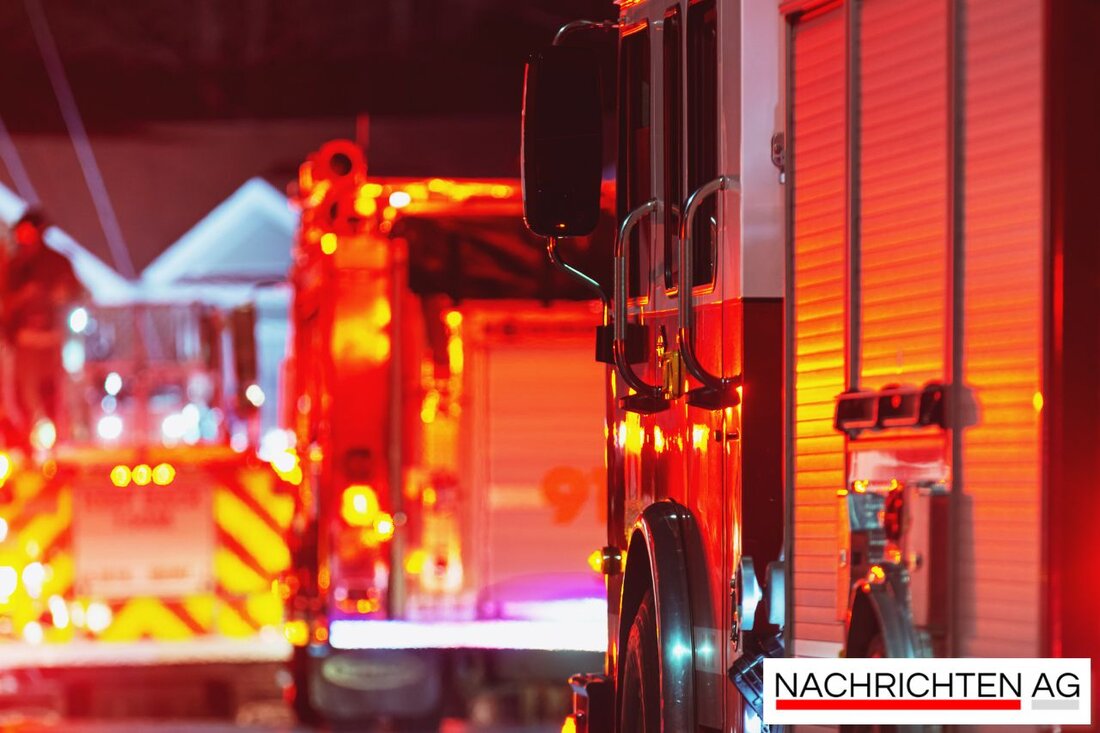Bridge closure on the Wuhlheide: High risk of collapse for traffic!
Bridge closure on the Wuhlheide: High risk of collapse for traffic!
The bridge on the Wuhlheide in Berlin-Oberschöneweide has been completely closed since the end of April due to serious damage. Car traffic will be redirected, while the underneath intersection Edisonstrasse/Treskowallee is now also closed to any types of traffic, including vehicles, trams and pedestrians. The bridge itself has not been passable since the beginning of May. The condition of the building, which was built in 1989 as a nine -field clamping concrete structure, is so worrying that failure cannot be excluded. The damage caused by an alkali-silicic acid reaction (AKR) is so massive that an immediate demolition of the bridge is already considered.
The traffic situation is complicated by additional diversions, since the demolition of other bridges, such as the ring railway bridge in western Berlin, also results in traffic disruptions. The BVG developed an island concept for the detour of the tram lines at short notice. The lines M17, 21, 27, 37 and 67 are particularly affected. An extension is offered for line 67 to make it easier to switch to the S-Bahn. In order to relieve the traffic, motorized traffic is redirected via the street on the Wuhlheide and Rummelsburger Straße. In addition, parking areas were blocked below the bridge.
damage caused by alkali silica acid reaction
The bridge, as already mentioned, has character-specific damage from the alkali-silicic acid reaction. This chemical reaction can lead to considerable damage to the concrete and cannot be stopped as soon as it has formed. As a result, repair or even new construction measures are required. In order to avoid such damage, extensive examinations before structural measures on inventory concrete are crucial. The finger institute specializes in research and diagnosis of AKR damage and offers various procedures for review and prophylaxis.
The Senate Department for the Environment, Transport and Climate Protection has already set up a crisis team that consists of representatives of the police, fire brigade, BVG, traffic management and the district. This constantly examines possibilities for reducing the traffic effects and evaluates the current state of the bridge, which is considered "not sufficient". A recently shortened test cycle according to DIN 1076 to monitor the condition of the bridge was introduced in 2017 after the first signs of damage became visible and a load limit for vehicles over 3.5 tons was arranged.
The bridge and the detour of the traffic buildings are subject to close surveillance to ensure that the traffic relationships below the bridge, despite the construction site, are not fully impaired. Further information on the traffic situation can be viewed on the official website of the Berlin traffic information.
For the coming days, further traffic disruptions will be expected, while the authorities will find solutions in order to ensure security and the flow of traffic in this area as much as possible.
Further details on the ongoing measures and the progress in the construction work can be found under the respective links to the reports of Tagesschau href = "https://www.berlin.de/sen/uvk/Pressemitteilungen/2025/Pressemayeilung.1555906.php"> berlin.de and Uni Weimar
| Details | |
|---|---|
| Ort | Wuhlheide, Berlin, Deutschland |
| Quellen | |


Kommentare (0)